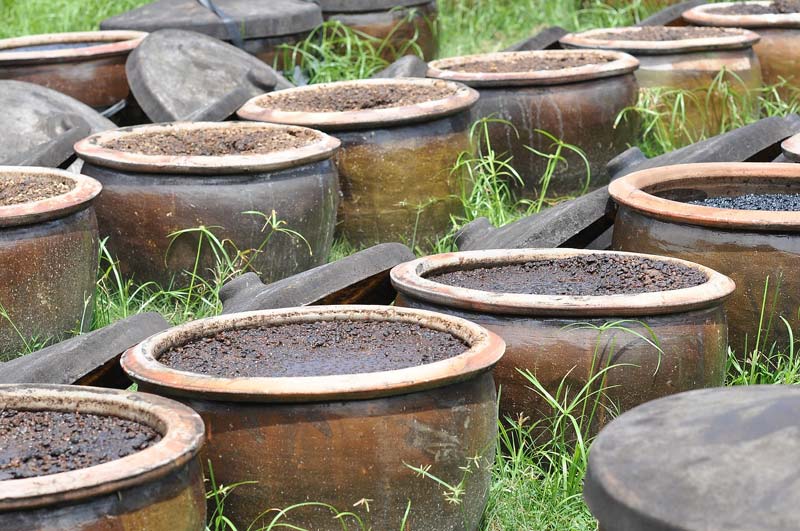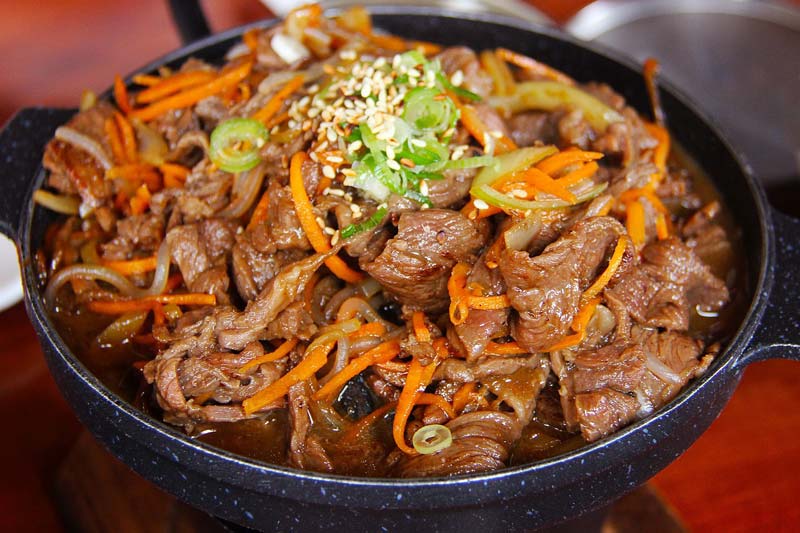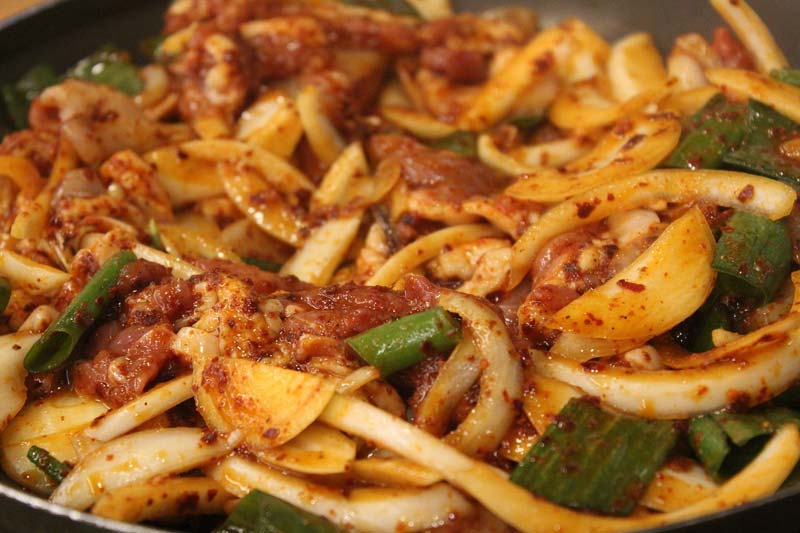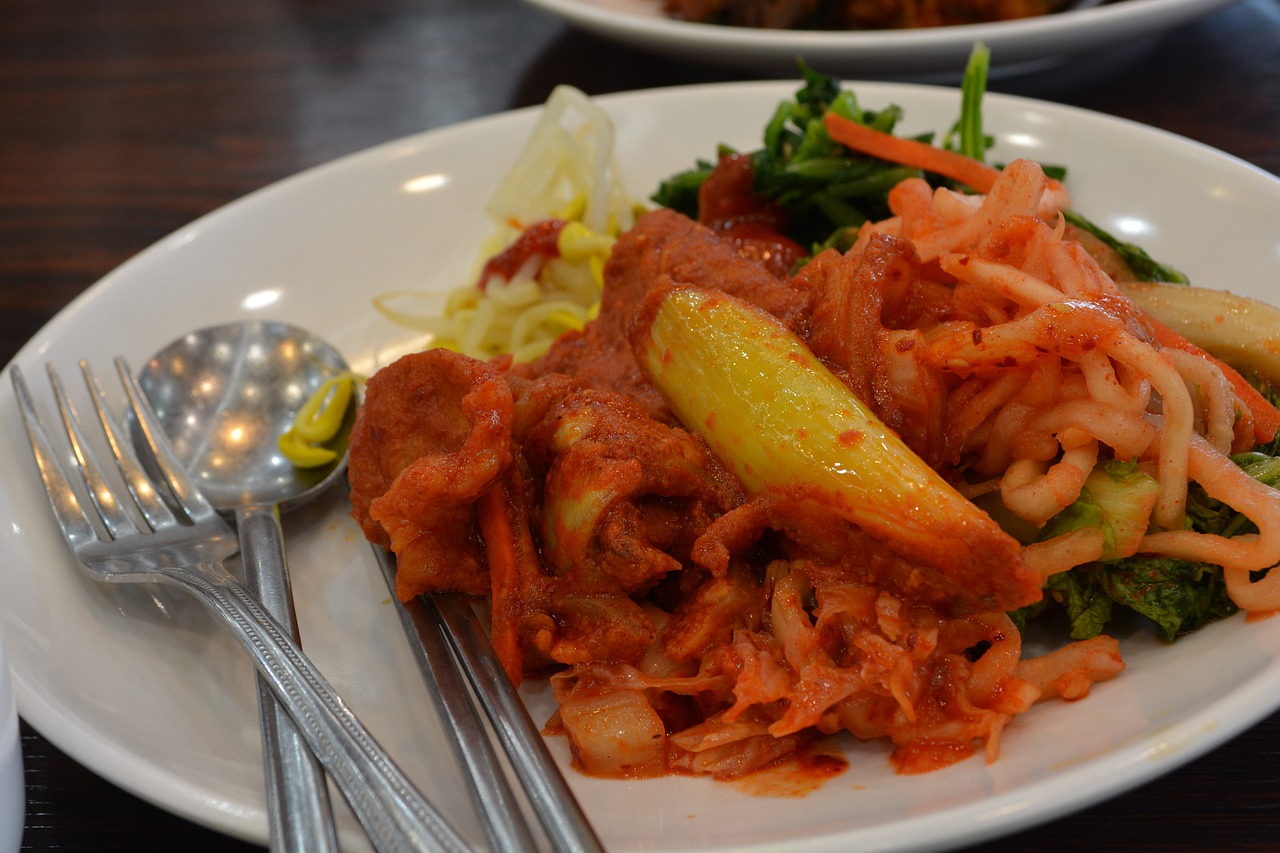Fermentation
What is Fermentation?
‘‘Fermentation’ is a process of producing a unique final product by that microorganisms degrade or change organic substances with their enzymes. The English word, ‘fermentation’ is originated from a Latin word, ‘ferverve’, which expresses that the food seems to be boiling over by the microorganisms’ action in it.
Fermentation is a process that has been known to and used by men throughout human history and has been used by men experientially and traditionally in manufacturing the fruit wine, beer, bread, cheese, and so on.

Traditional process of soy sauce fermentation, fot. jesspla / pixabay
Yeast was used for producing beer in 6,000 BC, mold has been used for making cheese, and acetobacters for manufacturing vinegar for a long time. Our ancestors, too, developed fermented foods and enjoyed their various and harmonious flavors for ages. The kinds of fermented foods favored by Koreans are the Jangs, Kimchi (Gimchi), Jeotgal, vinegar, Sikhye, drinks, and so on.
Principles of Fermentation
Although the principles of fermentation had not been known until the 19th century, the father of the modern chemistry, A. L. Lavoisier noted down around in 1787 that the process that the glucose in grape juice quantitatively gets degraded into alcohol and carbon dioxide is the fermentation. As the 19th century began, there arose a severe dispute between the catalysis theory on fermentation by famous chemists like J. J. Berzelius or J. Liebig and the yeast theory on it by microbiologists centered on L. Pasteur.
Pasteur denied the theory of spontaneous generation and came to conclude that fermentation was the ‘microorganisms’ living without oxygen’ at the same time, after the studies through close experiments on the lactic acid fermentation of milk and alcohol fermentation of sugar in 1857.
However, after his death, E. Buchner observed the fermentation of sucrose by the yeast extraction without living cells in 1897, so he proved that fermentation is the catalysis by enzymes.
After that, many enzyme chemists including A. Harden and Young in the early 1900’s continuously discovered and categorized the enzymes and coenzymes involved in the yeast extract fermentation that the fermentation process came to be explained scientifically.
(fermentfood/fermentfood1_1.jsp)





